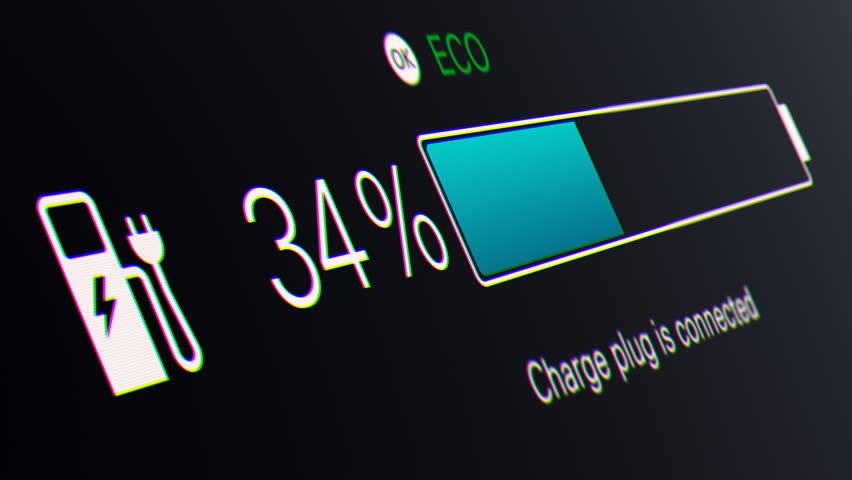Electric Vehicle Types, Benefits, and Economic Implications
India's EV ecosystem comprises a range of technologies tailored to meet diverse transportation needs. Battery Electric Vehicles (BEVs), powered entirely by rechargeable batteries, are the cleanest and most eco-friendly option, with zero emissions. However, they are limited by driving range and depend heavily on accessible charging infrastructure. Hybrid Electric Vehicles (HEVs) and Plug-in Hybrid Electric Vehicles (PHEVs) provide a middle ground, combining traditional ICE engines with electric motors. These vehicles offer improved fuel efficiency and lower emissions, with PHEVs enabling recharging through external power sources. Fuel Cell Electric Vehicles (FCEVs), which convert hydrogen into electricity, represent a promising long-term solution but require significant investments in hydrogen distribution infrastructure, which is currently lacking in India.
The adoption of EVs is not only an environmental necessity but also an economic imperative. Although EVs have higher initial purchase costs due to the expense of advanced batteries and drivetrains, government subsidies and tax incentives significantly bridge this gap. The FAME II scheme, for example, provides financial assistance for EV purchases, while reduced road taxes and registration fees further incentivize consumers. Over their lifecycle, EVs prove to be more economical than ICE vehicles. Electricity is substantially cheaper than petrol, with EVs costing as little as ₹1–2 per kilometer compared to ₹7–10 per kilometer for petrol cars. Additionally, EVs require minimal maintenance due to their simpler mechanics and fewer moving parts. Features like regenerative braking reduce wear and tear on brake systems, further lowering long-term costs.
From a broader economic perspective, EV adoption can alleviate India’s dependence on oil imports, a significant burden on the country's foreign reserves. It also provides an avenue for technological innovation and industrial growth, positioning India as a global leader in sustainable transportation. However, achieving these benefits requires addressing critical bottlenecks in infrastructure and technology. For instance, India currently has only 1,742 public charging stations, a number that must grow exponentially to meet the projected demand of 1.4 million EVs by 2027.
